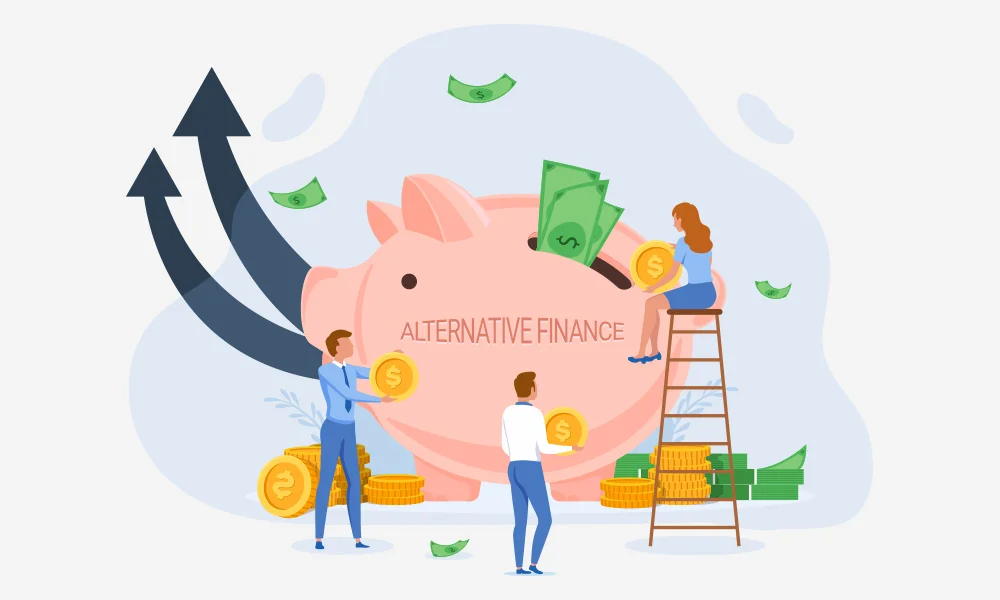In 2017, the alternative finance market grew by 36 percent to reach €10.44 billion. The growth seemed most prominent in the UK witnessing the overall market rise of a massive 68 percent, followed by France, Germany and the Netherlands.
Despite the effect of Brexit on consumer finances, the alternative finance market has gained significant reach, thanks to the rising trust of borrowers and value-added services. By offering easy and quick loans, alternative finance has opened doors for prospective borrowers to overcome the stringent regulations and time-consuming processes employed by traditional lenders like banks.
However, when compared to alternative finance, traditional bank funding still remains a top source of finance (65%) for most organizations. It can be concluded that banks are still perceived by many as a secure and reliable source of funding. But, considering the stats, it is not much of a stretch to say that alternative finance models are catching up with banks to offer financial services. Let’s dig deeper and learn how alternative finance has affected SMEs in order to provide better access to funds.
Alternative finance for SMEs
Borrowing funds has become tougher for small businesses owing to lack of strong financial structures, sufficient credit score, and required documents to prove creditworthiness. Most of the time, SMEs face the problem of inadequate access to finance that severely affects their opportunities to grow, compete, and generate employment.
Fueled by technological innovation and the demand for easy access to funds, SMEs, in high numbers, have turned towards alternative financial channels. Maybe that’s a reason p2p lending and crowdfunding market ballooned in 2017, especially in countries with immense markets such as China and India. According to IGF’s Powering Freedom Report, 27% of businesses have turned towards invoice trading, and 22% used other asset-based lending channels.
Not so alternative anymore
Since the global financial crisis, the UK has successfully developed a massive alternative finance ecosystem moving towards newer and more efficient financial models. Banks no longer hold a monopoly on business finance. Peer to peer lending platforms like Zopa, Funding Circle, and Kiva have largely attracted customers around the world; allowing them to access vital sources of funds without the added burden of time-consuming processes.
To conclude, uptake of alternative financing by SMEs is rising like never before while traditional sources of funding have witnessed a decline in certain markets. The sector’s massive growth is likely to continue in the coming years with the potential to become the go-to option for businesses.




